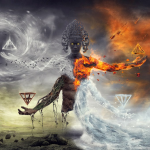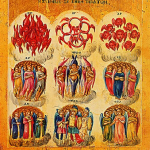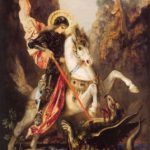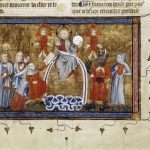In the Hebrew Bible, angels often appear to people in the shape of humans of extraordinary beauty, and often are not immediately recognized as angels (Genesis 18:2, Genesis 19:5; Judges 6:17, Judges 8:6; 2 Samuel 29:9).
They usually fly through the air, may become invisible. Sacrifices touched by some are consumed by fire, and some may disappear in sacrificial fire. They are described as pure and bright as Heaven; consequently, they are said to be formed of fire, and encompassed by light, as the Psalmist said (Psalm 104:4): “He makes winds His messengers, burning fire His ministers.”
Though superhuman, angels usually assume human form. Angels are thought to possess wings (Daniel 9:21), as they are described in the Bible, and depicted in Christian, Jewish and Zoroastrian art. The seraphim are described by Isaiah (vi. 2) as having six wings.
Angels often held swords or other destroying weapons in their hands—one carries an ink-horn by his side—and ride on horses (Numbers 22:23, Joshua 5:13, Ezekiel 9;2, Zechariah 1:8 et seq.).
A terrible angel is the one mentioned in 1 Chronicles 21:16,30, as standing “between the earth and the heaven, having a drawn sword in his hand”. In the Book of Daniel, reference is made to an angel “clothed in linen, whose loins were girded with fine gold of Uphaz: his body also was like the beryl, and his face as the appearance of lightning, and his eyes as lamps of fire, and his arms and his feet like in color to polished brass, and the voice of his words like the voice of a multitude” (Daniel 10:5-6).
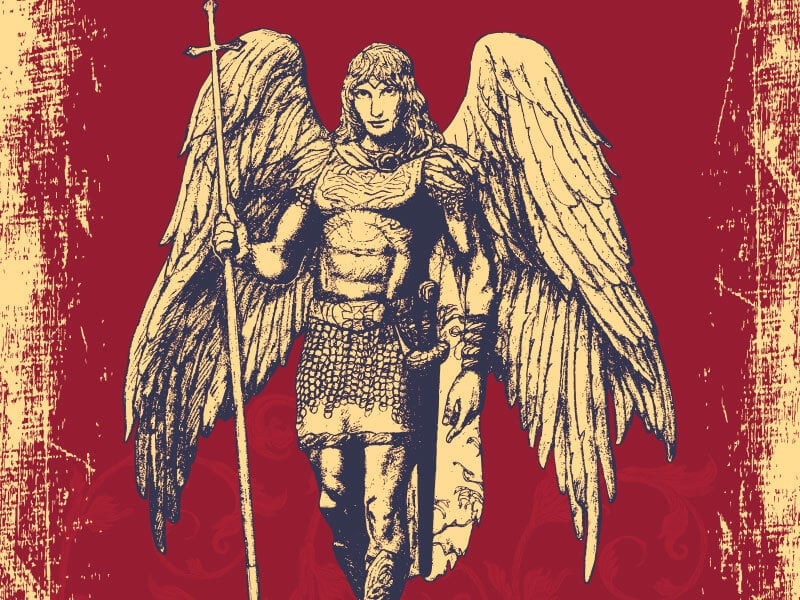
This imagery is very similar to a description in the book of Revelation. Some verses in the Apocrypha/Deuterocanon depict angels wearing blue or red robes but there is generally no convention.
In art, angels are always depicted beautiful, and their features are often feminine – even for warrior archangels, their hair is usually long, and their figures somewhat slight.
Angels in art become more sexually differentiated from the nineteenth century, after which breasts and masculine figures and haircuts appear. In modern Western culture, many angels are depicted as having female figures, facial features and names, and many New Age practitioners speak of masculine and feminine angels.



